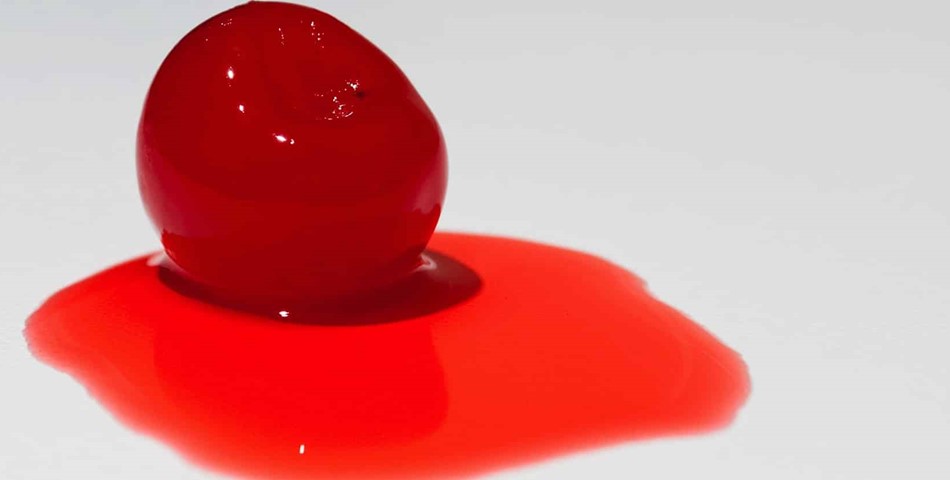For more than 30 years, a food additive called Red Dye No. 3, a colorant used in food and medicine products, has been under close scrutiny, and now, the state of California became the first to ban it. The law, which Governor Gavin Newsom signed earlier this month, will go into effect starting in 2027.
“The primary purpose of this bill was to protect kids and families and consumers in the state of California,” State Assemblyman Jesse Gabriel says, per the New York Times’ Christina Jewett and Julie Creswell. “But a secondary purpose here was to send a message to Washington that the F.D.A. process is broken, and hopefully to spur momentum in Washington, D.C. for real, significant change.”
Red Dye No. 3—also called erythrosine—is a synthetic dye made from petroleum that has been used in food products in the United States since 1907. The colorant is found in a variety of pink and cherry-red packaged foods including popsicles, strawberry-flavored milks, Dubble Bubble gum and Peeps, but it even pops up in products such as Betty Crocker loaded casserole potatoes and vegetarian bacon made by Morningstar Farms. According to the Environmental Working Group, more than 3,200 food products currently on the market contain the dye.
In 1990, after studies found high amounts of Red Dye No. 3 led to cancer in lab rats, the Food and Drug Administration decided to ban the additive in cosmetic products such as lipsticks. Although these studies discovered the link by feeding the dye to lab animals—rather than applying it externally—the colorant remained legal to add into food products because of “bureaucratic quirks,” writes Beth Mole for Ars Technica.
For years, food safety advocates have been fighting for a nationwide ban on synthetic food dyes, including Yellows 5 and 6 and Reds 3 and 40, pointing to their potential health risks. In 2021, a report from California’s Office of Environmental Health Hazard Assessment found links between several dyes and hyperactivity in children.
Last October, the Center for Science in the Public Interest (CSPI) and 23 other organizations signed a petition formally asking the Food and Drug Administration to remove Red Dye No. 3 from the approved list of additives. The colorant is already banned in other countries, including Canada, Australia, New Zealand, China, Japan and those in the European Union.
“Regardless of the reason why it’s taken this long, it’s absurd that it’s taken this long,” Thomas Galligan, a principal scientist for food additives and supplements at the CSPI and one of the authors of the group’s petition to the FDA, told Lauren Kirchner of Consumer Reports last year. “In 32 years, there’s millions and millions of children who have been exposed to this chemical who didn’t need to be.”
The National Confectioners Association, a trade organization for the U.S. confectionery industry, says in a statement that the law will “undermine consumer confidence and create confusion around food safety.”
“This law replaces a uniform national food safety system with a patchwork of inconsistent state requirements created by legislative fiat that will increase food costs,” it says. “We should be relying on the scientific rigor of the F.D.A. in terms of evaluating the safety of food ingredients and additives."
Along with the red colorant, the California law also bans potassium bromate, an additive found in flour that makes bread rise faster, brominated vegetable oil, which is used in sodas to prevent flavorings from separating and propylparaben, which extends the shelf life of baked goods. Experts say the ban may push other states to pass similar laws.
“California often sets trends in health-related legislations, so it’s not a stretch to think others might follow suit,” physician Dr. Kien Vuu tells Fast Company’s Brittany Loggins. “The momentum around food safety is growing, and as consumers get savvier, other states might start looking into similar bans. But remember, policy wheels grind slow, and while California has lit the match, it might take a while for the fire to spread.”
Margaret Osborne - smithsonianmag.com













